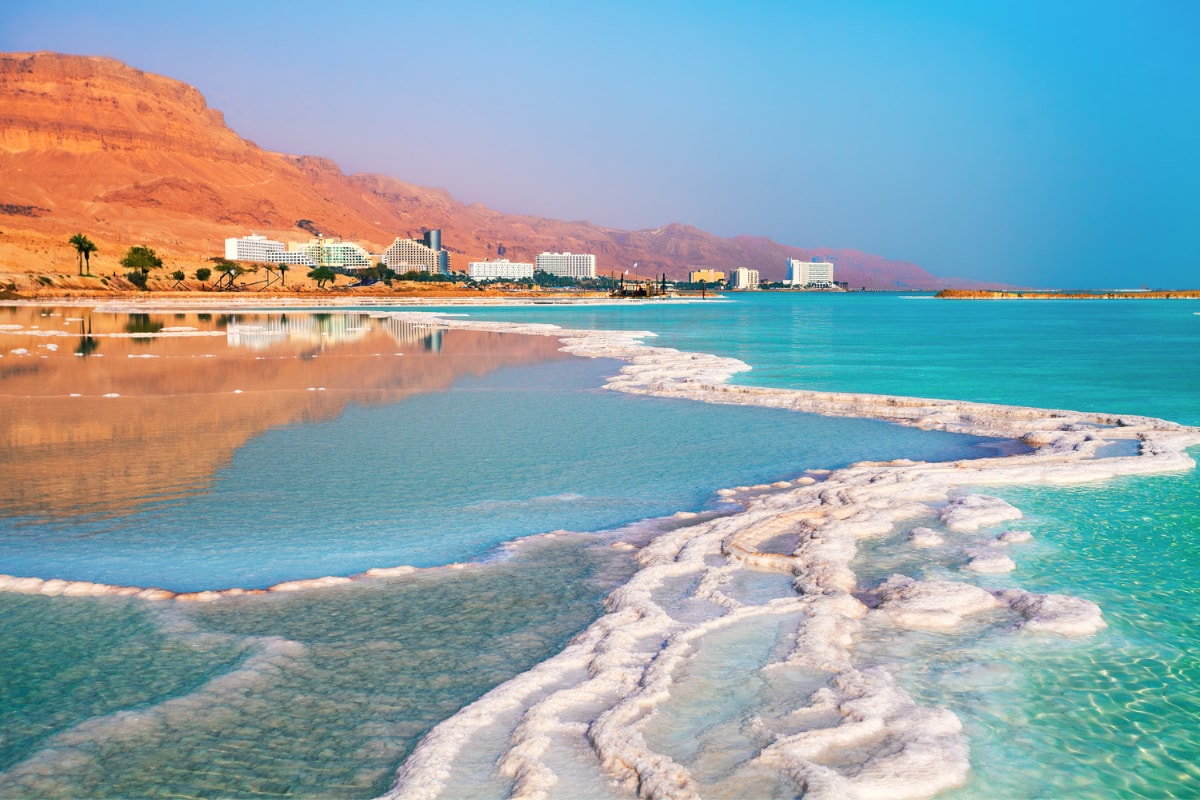
The Dead Sea, known in Hebrew as Yam Ha-Melakh (the Sea of Salt), is Earth’s lowest point on land (430.5 meters below sea level) and is surrounded by the stunning landscape of the Negev Desert. While actually a lake, the Dead Sea is part of the long border between Israel and Jordan, whose towering mountains can be seen from the Israeli side, and part of the Judean and Negev deserts. One hour from Jerusalem, the sea is a popular place for Israeli’s and tourists to relax, experience the unique surroundings, and take advantage of the infamous and unique medical properties of the dead sea. This includes covering oneself with the mineral-rich mud and floating in the salty waters. The saline water also gives lead to the name because no fish can survive under these circumstances.
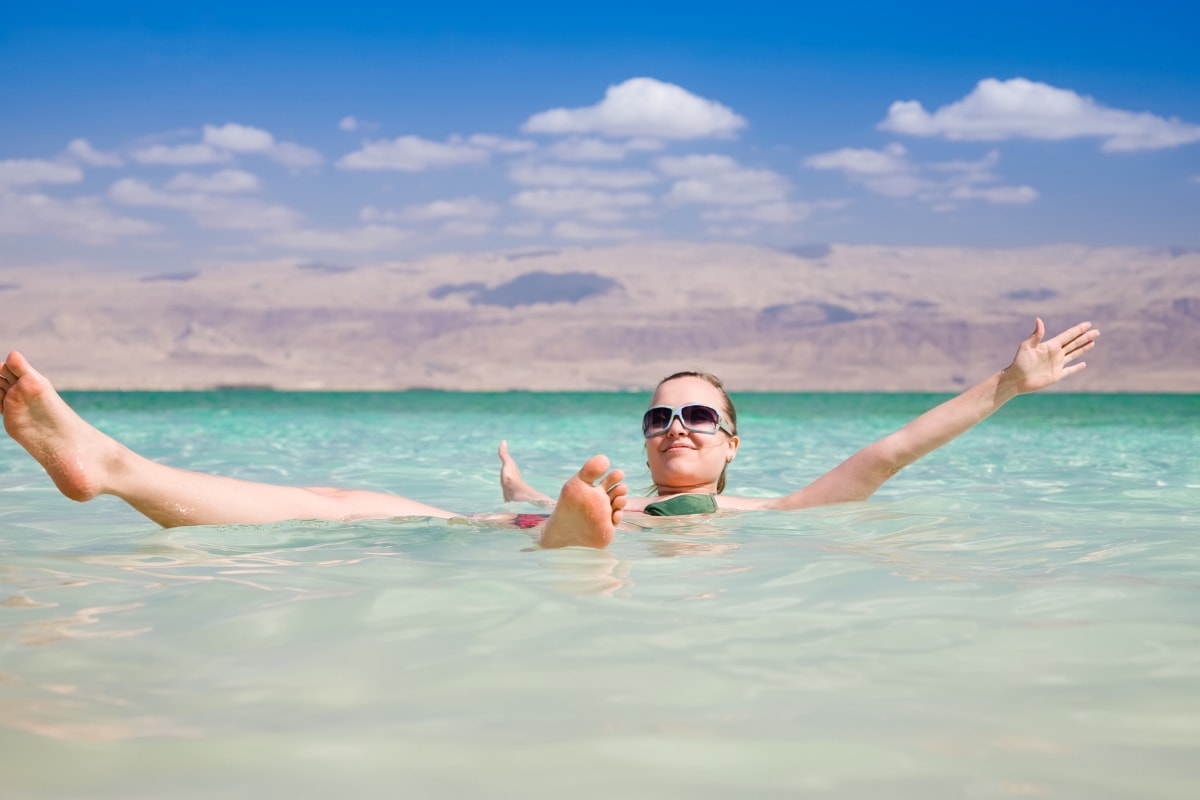
Masada is another great attraction in the surrounding area. Atop a mountain to the side of the sea lies the ancient Masada fortress. With a steep history and ascent, Masada is now an Israeli national park and a UNESCO World Heritage Site that is traditionally climbed by tourists wanting to see the ruins at the top as the sun rises over the Dead Sea. Masada is an ancient fortification in the Southern District of Israel, located on the eastern edge of the Judaean Desert, overlooking the Dead Sea 20 km (12 mi) east of Arad. The 840-acre complex holds well-preserved ruins attesting to the history of the ancient kingdom of Israel and the courage of its people in the face of a Roman siege.
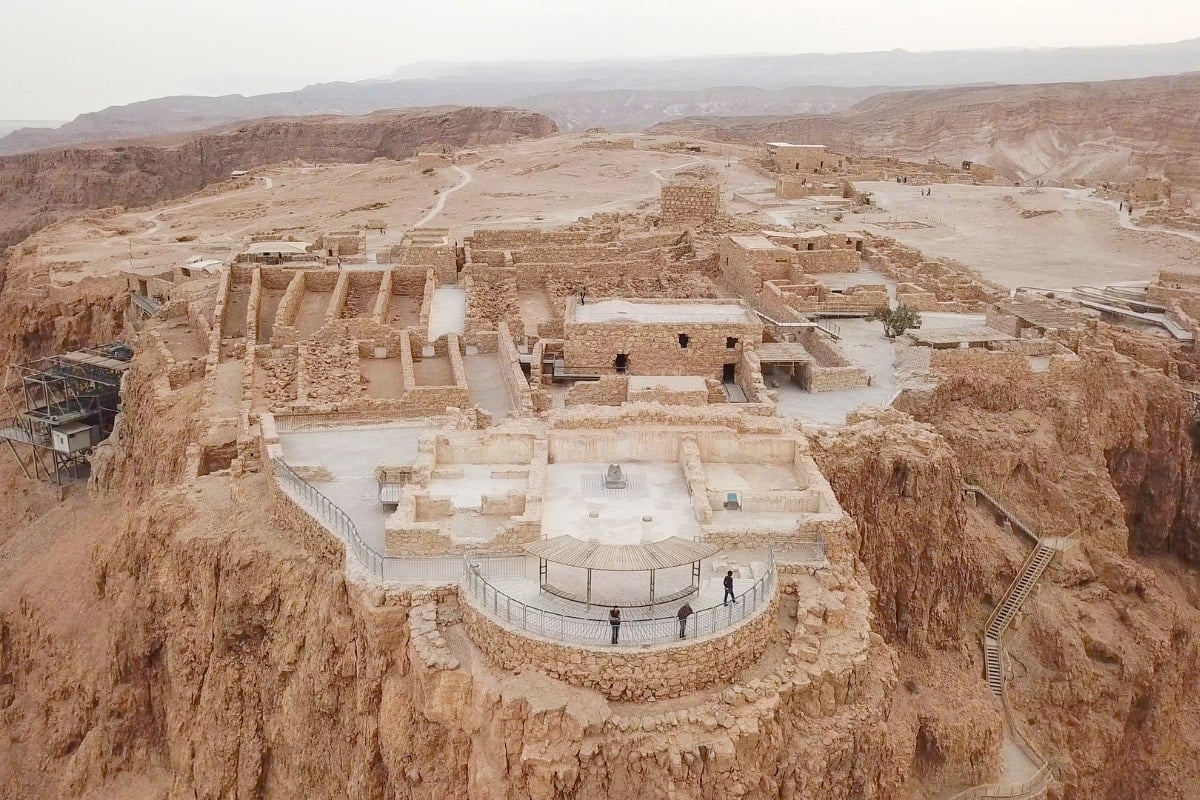
Herod the Great, who had been made King of Judea, contributed greatly to the ancient history of this famous fortress. On the mountain, he built two palaces for himself between 31 and 37 BCE. According to Josephus, between 73 to 74 CE Roman troops seized Masada at the end of the First Jewish-Roman War. After Jerusalem was destroyed in 70 CE, rebels joined forces at Masada to live in Herod’s former palaces. With Jerusalem in ruins, the Romans turned their attention to destroying Masada by building camps surrounding the base, a siege wall, and a ramp on a slope of the Western side of the mountain. These invasions came to an abrupt end following the mass suicide of the 960 Sicarii rebels who were in hiding there. However, according to Kenneth Atkinson, there is no archaeological evidence that Masada’s defenders committed mass suicide. Today, Masada is one of Israel’s most popular tourist attractions and currently attracts around 750,000 visitors a year.
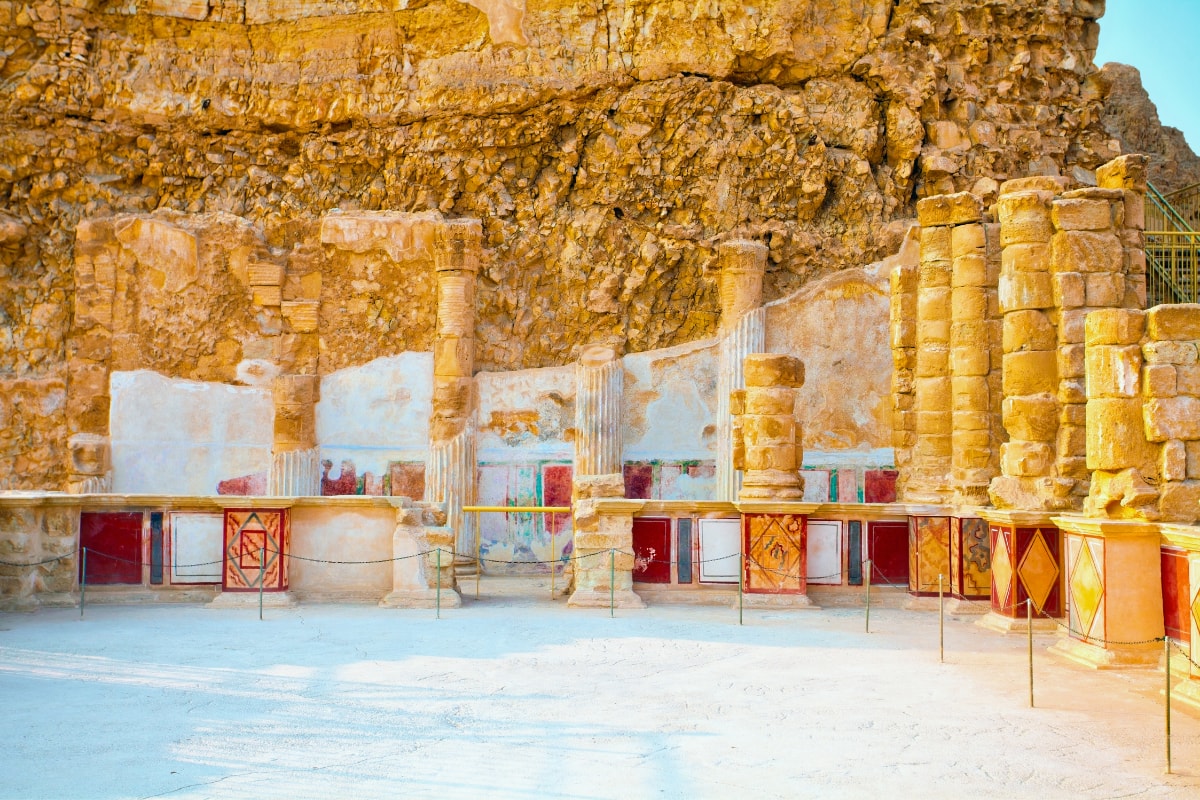
A bit further North of Masada is the Ein Gedi National Park. Situated in the famous Kibbutz, this park contains a range of cool water, hiking trails, beautiful foliage, and served as a water source during biblical times. Located on the Dead Sea’s western shore, Ein Gedi, which directly translates to “spring of the goat”, is a desert oasis with waterfalls, pools of water, and two large streams. The higher you go, the quieter it will be and the more likely you will be able to find your own little oasis. Ein Gedi also has a public beach and spa, which is situated near Jerusalem.
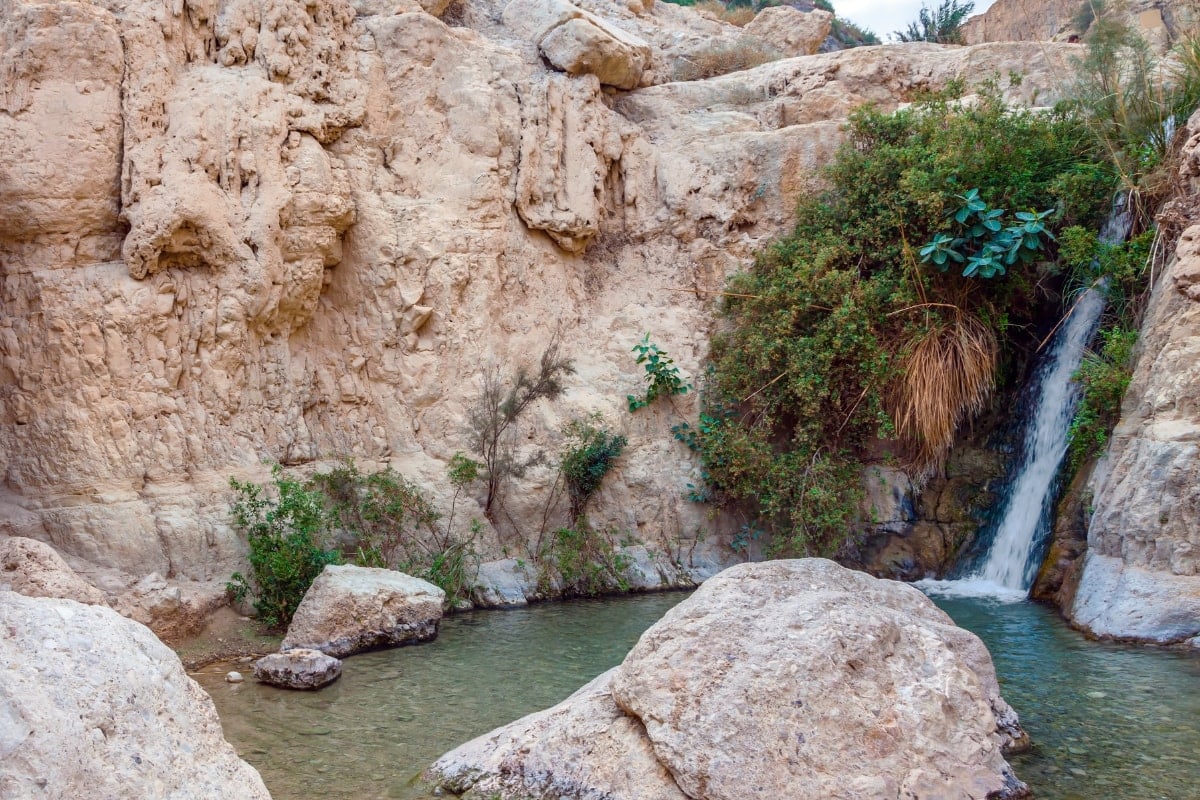
About 40 minutes north of Ein Gedi is one of Israel’s most important archaeological sites, the
Qumran National Park. It is in the caves of the ancient settlement where the Dead Sea Scrolls were discovered in 1947. Located on the northwestern shore of the Dead Sea in the Judean Desert, Qumran is located between Jerusalem and the major Dead Sea region attractions such as Ein Gedi and Masada. Remains dating back to the Iron Age have been uncovered at Qumran as well as walls, pottery, and a cistern from later settlements. Freshwater was a consistent issue in this dry environment, and as a result, aqueduct systems were added to bring fresh water to the city from the greener regions of the north.
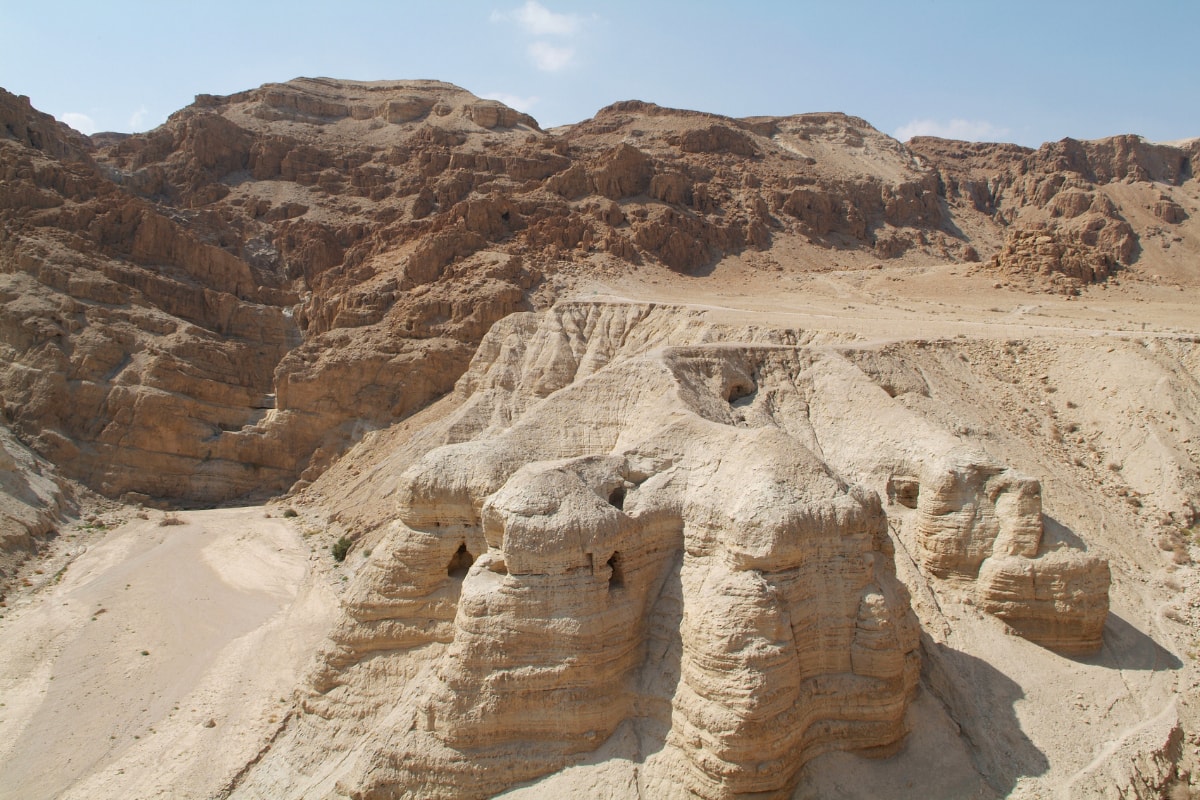
Qumran was established during the Hellenistic Period of 134-104 BCE and remained inhabited up until 68 BCE. Multi-level structures, reservoirs, pottery kilns, and houses have been excavated in this era. It was during the Hellenistic Period that the Essenes Jewish sect settled here, isolating themselves from big city life and living as a communal monastery-like community.
Famous Figures
King David of Israel was known for his diverse skills as both a warrior and a psalm writer. Countless battles and victories against Saul provoked his jealousy and malicious behavior towards David. In Ein Gedi, David confronted Saul about his consistent hatred but did not kill him, proving his respectable character traits. David was a poet and the rabbis believe that he wrote the Book of Psalms. Throughout his life, David prepared for the construction of the Holy Temple by setting aside the necessary physical materials, commanding the Levites, and others in their duties for the Temple, and giving the plan for the Temple to Solomon. Today, Jews pray daily for the coming of the Messiah, the “Son of David.”
Herod the Great was crowned King of Judea who ruled the territory with Roman approval. While Judea was an independent kingdom it was under heavy Roman influence and Herod came to power with Roman support. The history of his legacy starts with his colossal building projects throughout Judea, including his renovation of the Second Temple in Jerusalem, the expansion of the Temple Mount, and the fortress at Masada to name a few. His reign polarizes opinion amongst scholars and historians, some viewing his legacy as successful, while others believe it was a form of tyrannical rule.
Titus Flavius Josephus was a first-century Roman Jewish historian born in Jerusalem. He initially fought against the Romans during the First Jewish Roman War as the head of Jewish Forces, until surrendering in 67 CE to the Romans. Josephus recorded Jewish history with special emphasis on the first century CE and the First Jewish–Roman War, including the Siege of Masada. His most important works were The Jewish War and Antiquities of the Jews, which recount the Jewish revolt against Roman occupation and the history of the world from a Jewish perspective for an ostensibly Greek and Roman audience.

